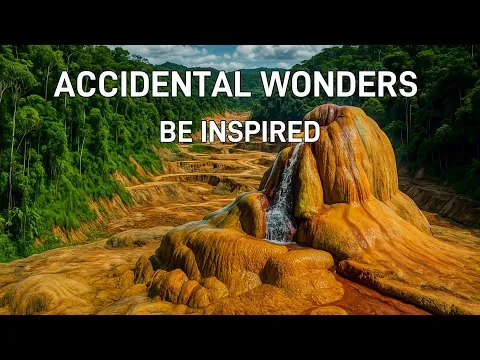You know how sometimes the best discoveries are totally unplanned? Well, I’ve been on a mental journey lately, looking at places around the world where beauty wasn’t born, it was made – by accident, by human mistakes, and by time. These aren't your typical pretty landscapes. They’re more like scars, or leftovers, that somehow became incredibly beautiful.
I'm talking about "Accidental Wonders" – places where human blunders and nature have teamed up to create something truly amazing. Let's check out a few of these mind-blowing spots!
Turkmenistan's Fiery Pit: The Door to Hell
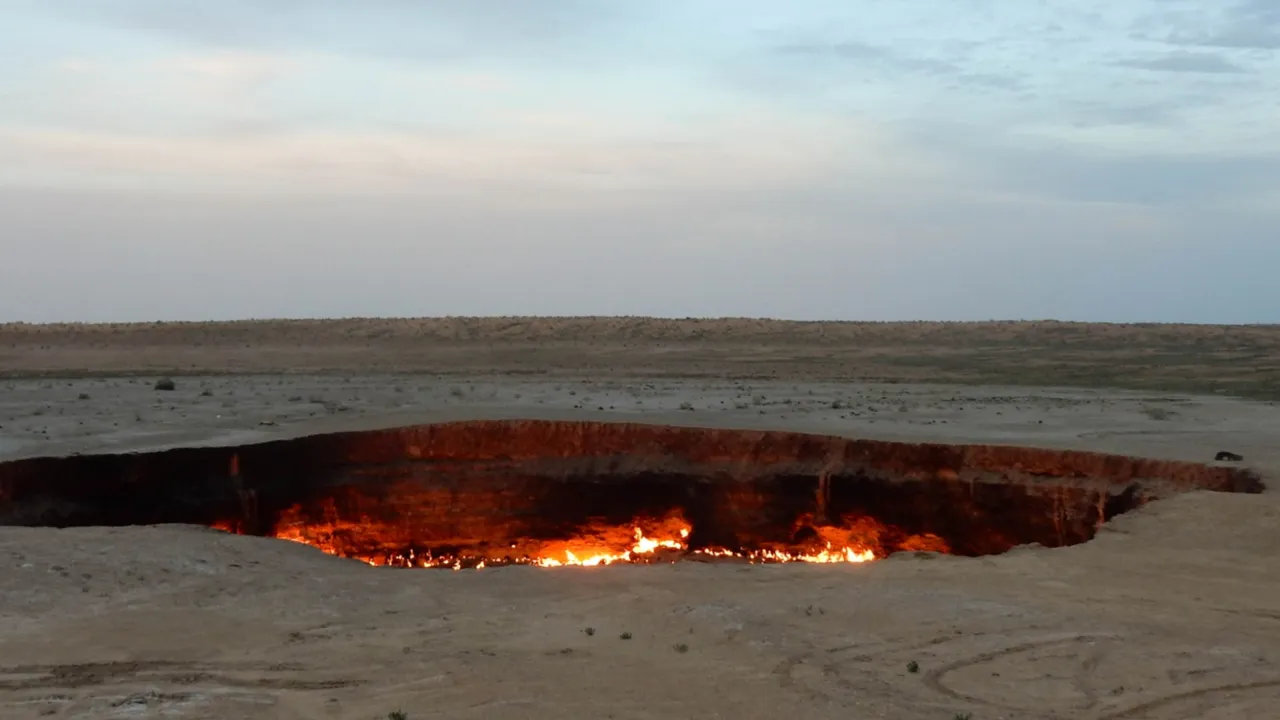
Imagine a giant, burning hole in the desert that's been on fire for over 50 years! That’s the Darvaza Gas Crater in Turkmenistan's Karakum Desert, often called "The Door to Hell". It all started in 1971 when Soviet scientists were drilling and hit a gas pocket. The ground caved in, methane started leaking out, and to stop the toxic gas, they set it on fire, thinking it would burn out in a few weeks. Fifty years later, it's still burning! It's a wild, burning inferno now, a national symbol, and a huge draw for tourists. It really makes you think about how we interact with nature, doesn't it?
Louisiana's Vanished Lake: Lake Peigneur
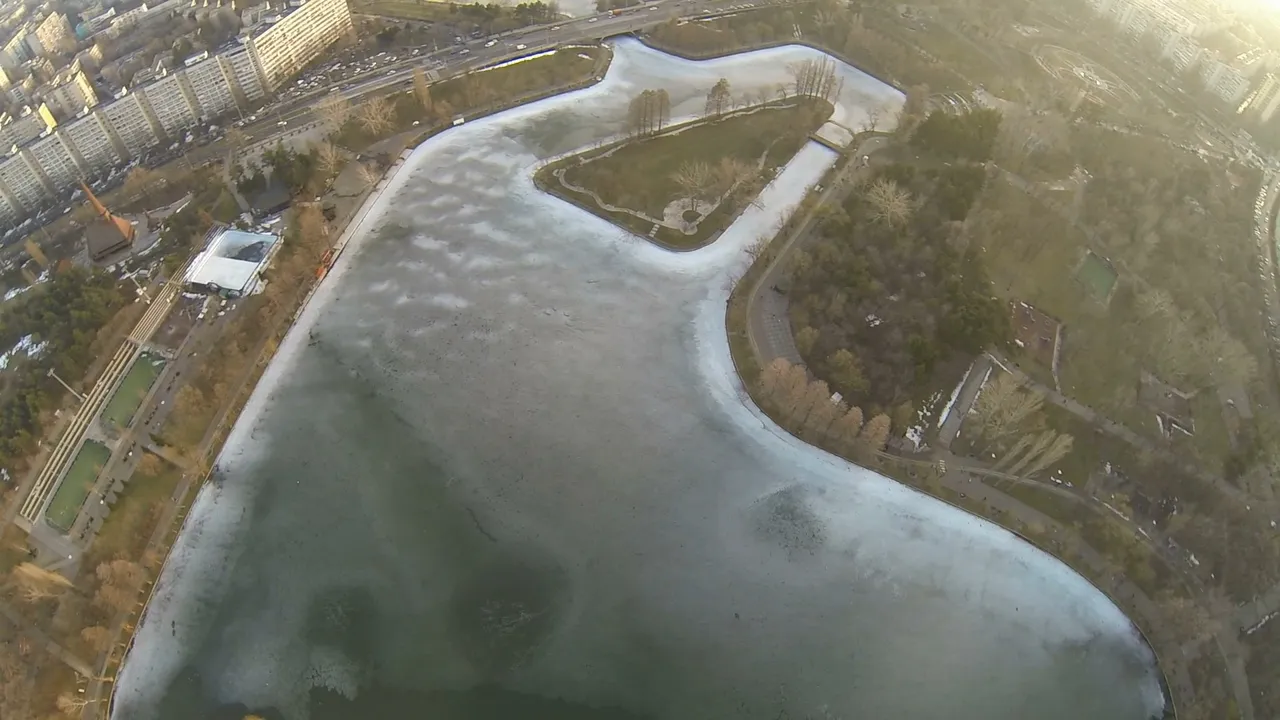
Picture this: a quiet morning in Louisiana, and suddenly, an entire lake just… disappears! In 1980, a drilling rig accidentally punctured a salt mine deep under Lake Peigneur. What happened next was wild: a huge whirlpool swallowed up barges, trees, and even a house! The freshwater lake drained into the mine, and then saltwater from the Gulf of Mexico rushed in to replace it. Luckily, no one died, but the lake is now the deepest in Louisiana and a strange mix of fresh and salt water, all born from that chaotic accident. It completely changed the land and even how we understand water systems.
Georgia's "Little Grand Canyon": Providence Canyon
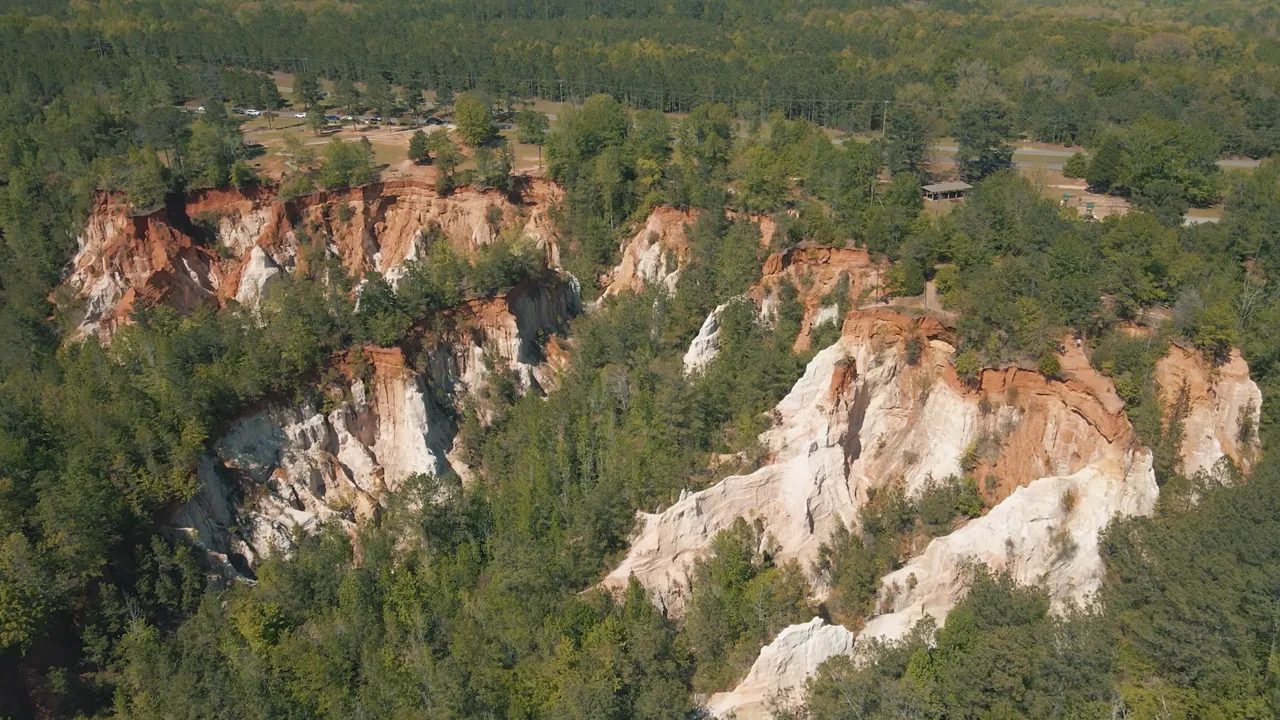
You see Providence Canyon in Georgia, and you’d swear it’s been there for millions of years, carved by rivers. But get this: Georgia's "Little Grand Canyon" was formed in just a few decades! Back in the 1800s, cotton farmers weren't careful with the land, stripping away trees and roots. Without anything to hold the soil, rain started washing it away, turning small ditches into huge canyons up to 150 feet deep. The colorful rock layers show a really old past, but they're visible because of a modern mistake. Now, it’s a state park, a true puzzle – a natural wonder that was made unnaturally. It’s a reminder that sometimes, what we preserve isn’t how nature planned it, but how we humans shaped it.
Underwater Gardens of Chuuk Lagoon, Micronesia

Dive into the clear waters of the Pacific around Chuuk Lagoon, and you'll find a ghost fleet. These are Japanese ships sunk by the U.S. in 1944 during World War II. But over time, something amazing happened: corals grew, fish gathered, and sharks returned. These old war machines became vibrant coral reefs! It's stunning, but there's a serious side too – these wrecks still hold millions of gallons of fuel, like ticking time bombs under paradise. It’s a place where history, nature, and danger all exist together.
California's Glittering Glass Beach
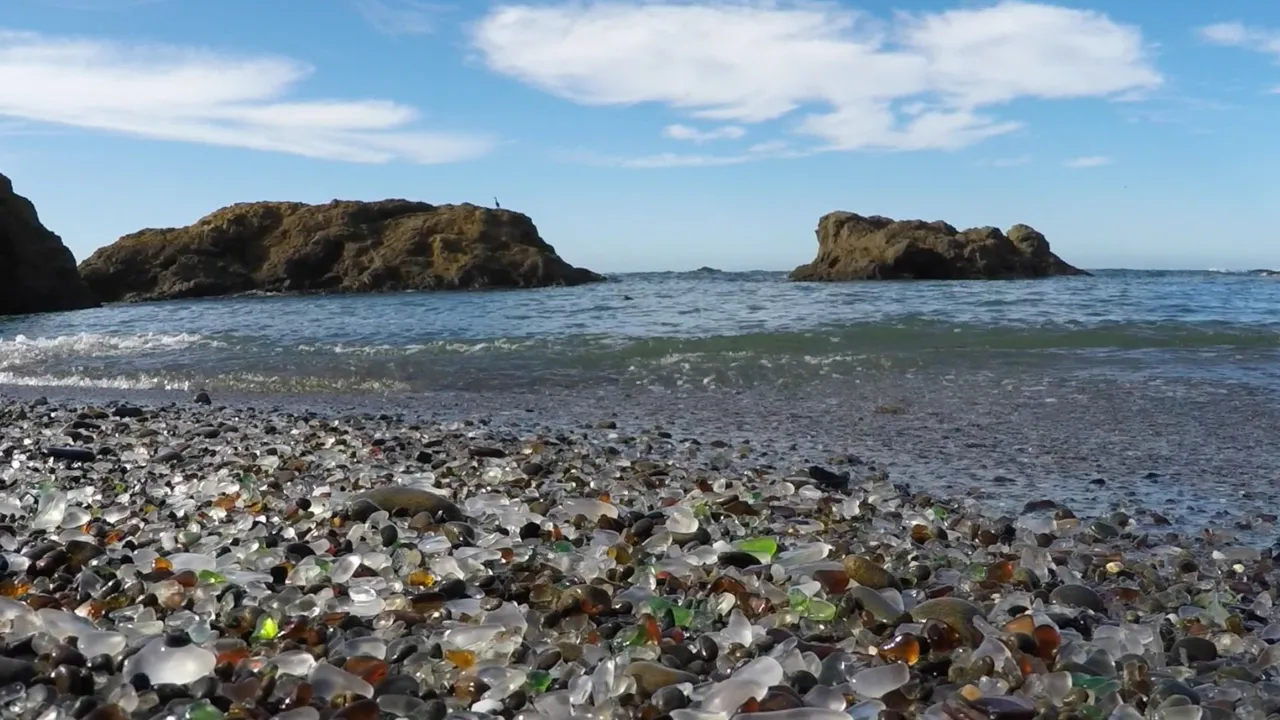
At the edge of California, there's a beach that isn't made of sand, but of sea glass! For 50 years, this coastline was a dumping ground for bottles, pottery, and trash. But nature, with a lot of patience, turned those broken pieces into beautiful, smooth gems. Now, the beach sparkles with greens, ambers, and cobalt blues. The thing is, this beauty is actually disappearing because tourists are taking the glass, and the sparkle is fading. It makes you wonder: should we add new glass, or just let this unique story end?
Philippines' Ancient Rice Terraces
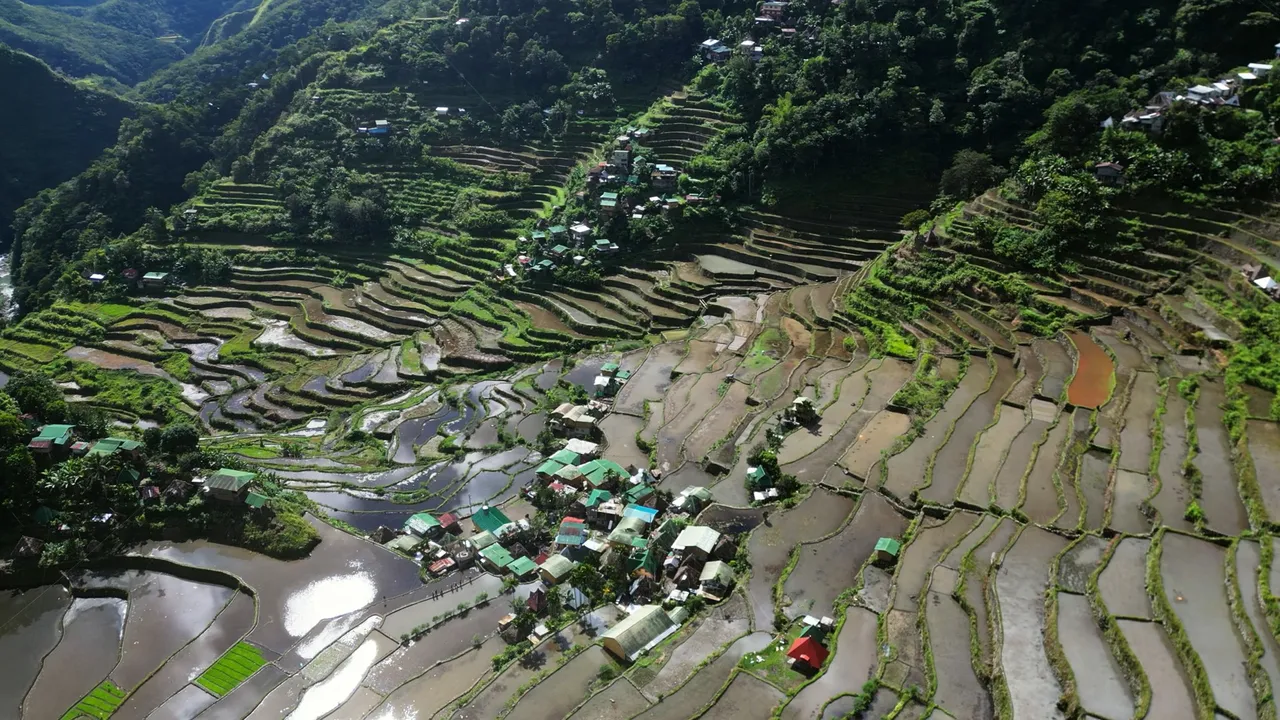
High in the mountains of the Philippines, the Ifugao people carved incredible stairways into the land. These rice terraces are 2,000 years old, a real act of dedication, and an entire ecosystem built by hand. They catch rain, feed people, and are a living link to the past, kept alive by old knowledge, traditions, and the community. But this knowledge is slowly fading as young people move to cities and weather patterns change. When a terrace is left behind, a piece of this amazing heritage goes with it. Saving these terraces isn't just about preserving rocks; it's about keeping a culture alive.
Nevada's Psychedelic Fly Geyser
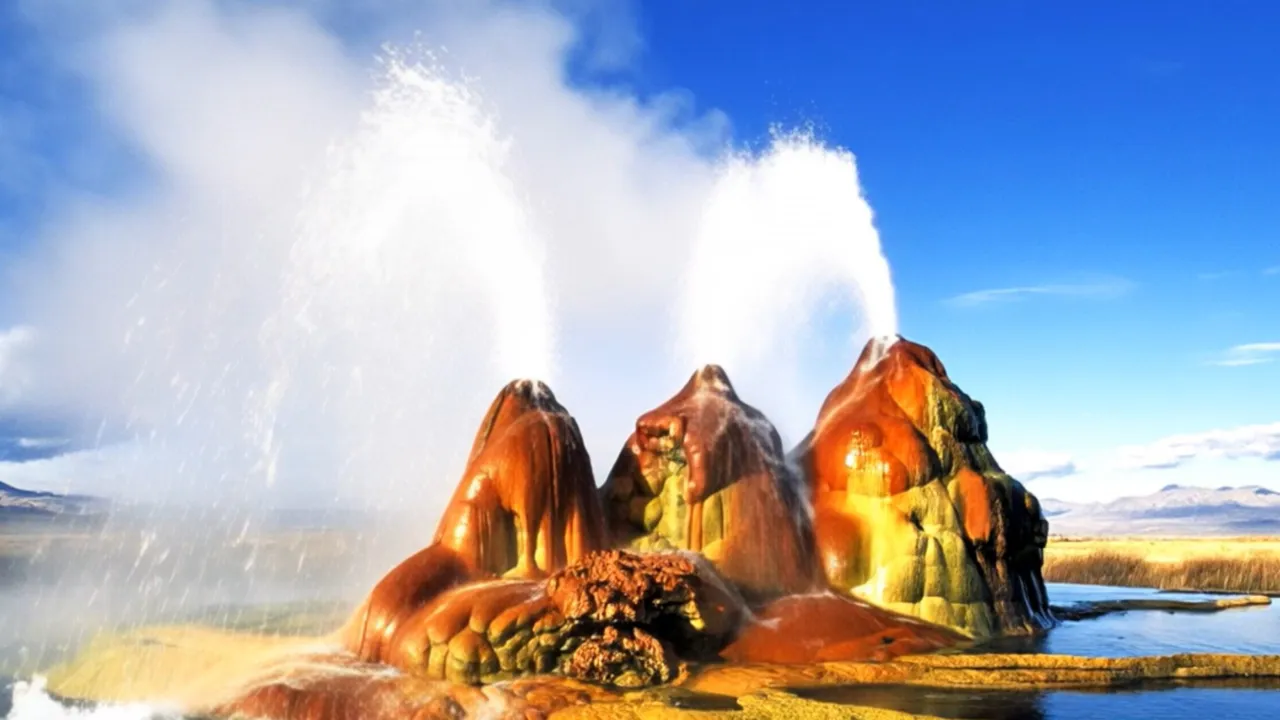
Head to the Nevada desert, and you might spot a fountain spraying boiling water into the air, with incredible, otherworldly colors and a wild shape. This isn't nature's doing; it was an accident, twice over! Back in 1964, a well that didn't work out hit a geothermal pocket, and hot water shot out. Minerals started building up cones, and algae painted them red and green. The result is a truly amazing, man-made wonder that looks like something out of a dream. It's now looked after by the Burning Man Project and is a place for science, art, and caring for the environment. A mistake turned into a masterpiece!
Michigan's Frozen Lighthouses
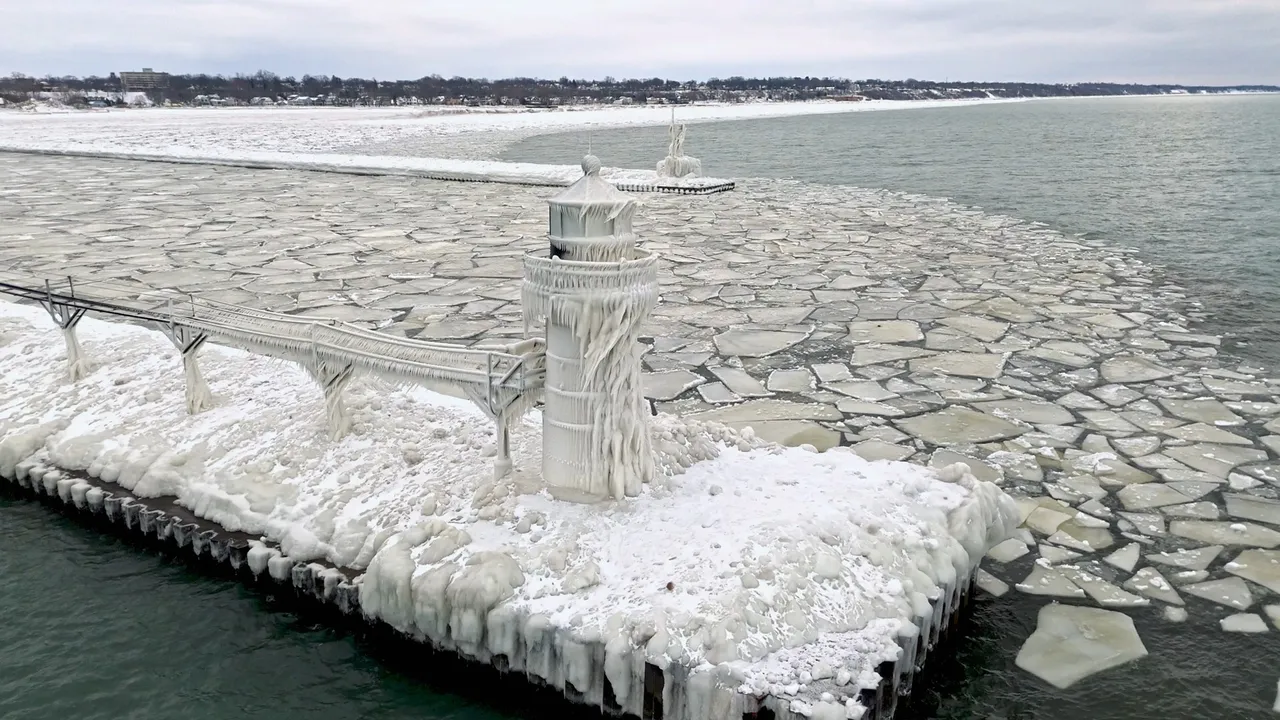
Every winter in St. Joseph, Michigan, something truly magical happens. The lighthouses, built to handle storms, get covered in jagged ice, becoming incredible frozen art created by nature. No two winters are the same, and these ice formations only last for a few weeks. It's beautiful but also dangerous, with slippery ice and cold water below. This wonder really demands that we keep our distance and respect it. It’s not a place you visit; it’s a moment you witness.
Utah's Massive Bingham Canyon Mine
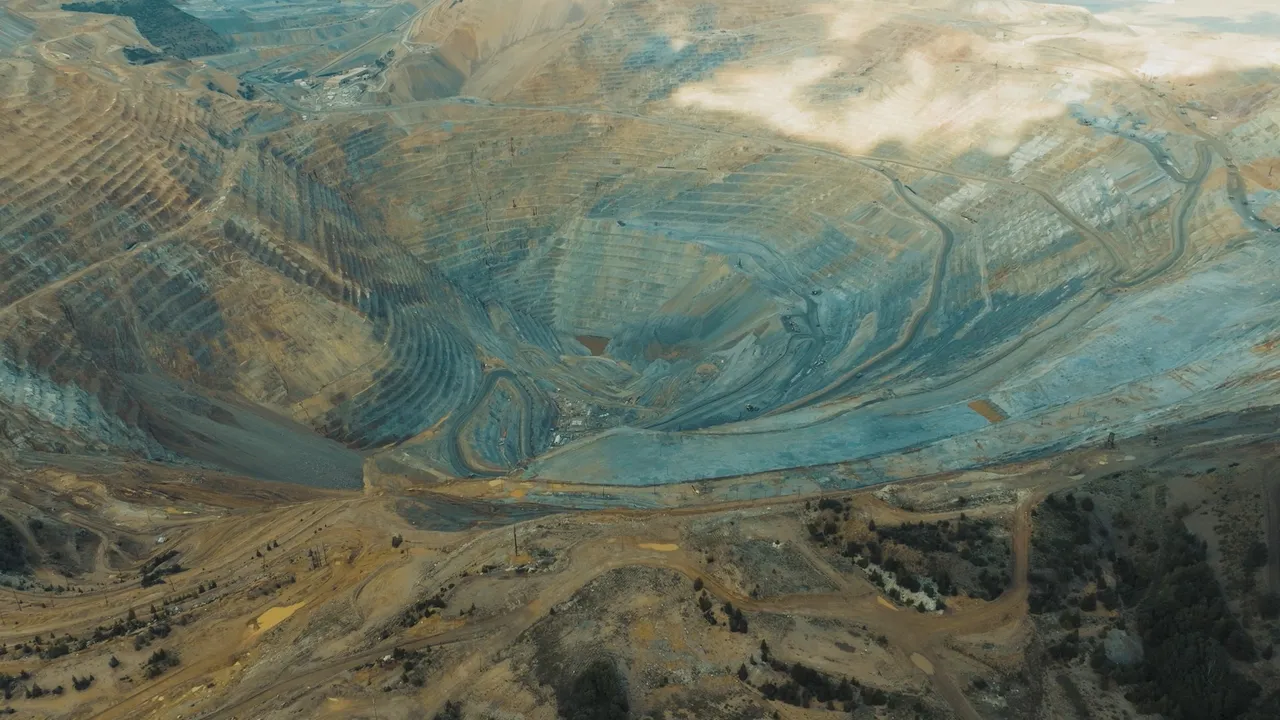
In Utah, there’s a place where the earth has been dug out on such a huge scale that you can see it from space! Bingham Canyon is the world's largest open-pit mine, a giant wound nearly a mile deep with terraced sides. It has produced more copper than anywhere else on Earth. It’s a bit unsettling, though – very geometric and massive, almost scary. Some artists saw it as a sculpture, while environmentalists saw a disaster. Today, it’s both: a symbol of human drive and its cost. They're working to restore the land, but the huge mark on the earth remains.
Madagascar's Illusionary Analavory Geysers
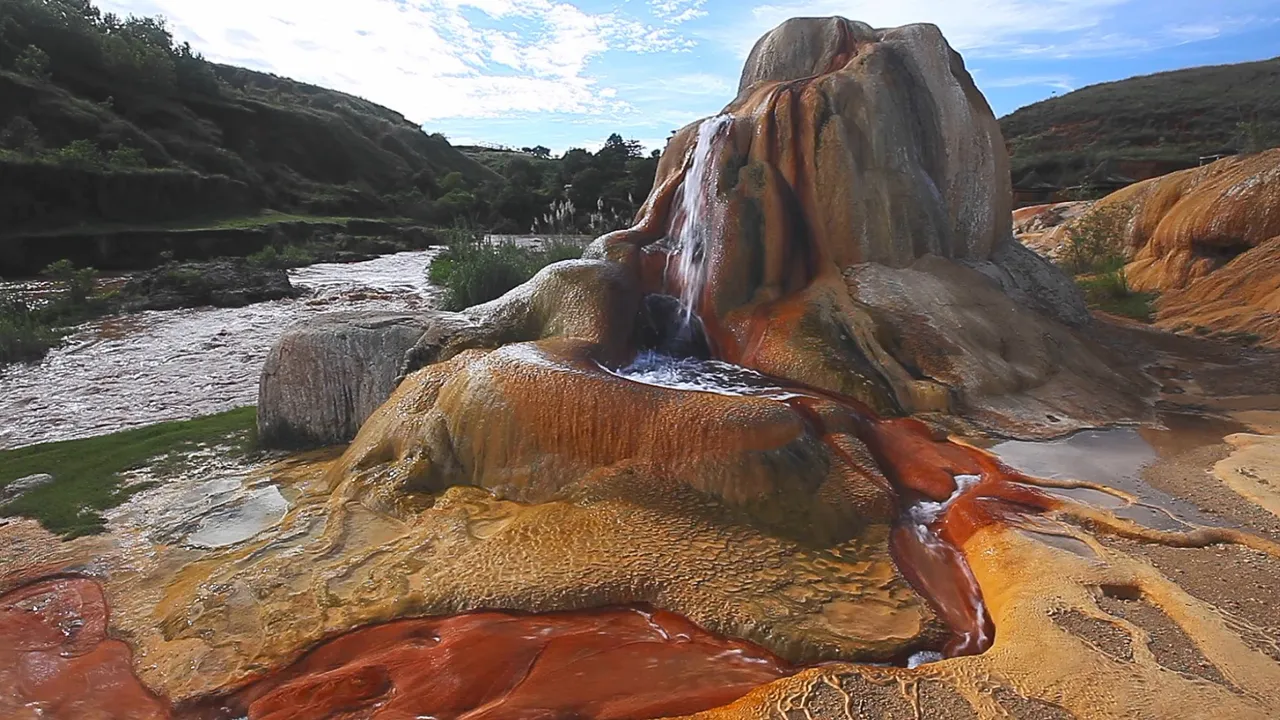
They bubble, hiss, and spout just like real geysers, but in Analavory, Madagascar, it's all an illusion! These aren’t volcanic vents; they’re actually mining runoff. Pipes carry carbonated water from aragonite mines, and the fizz looks like natural geysers, building up mounds of iron-stained rock. It’s like a soda bottle shaken underground and then opened up into the air. Tourists come to see this marvel, and most never know how it truly came to be. Here, beauty isn’t about what it is, but what it looks like.
These accidental wonders challenge what we think of as "natural". They remind us that beauty isn’t always innocent or planned. The big question isn't whether we've changed the world – we clearly have. It’s about whether we'll take responsibility for these strange, accidental wonders we've left behind. Because in the end, what's beautiful isn't just what we see; it's what we choose to protect.
